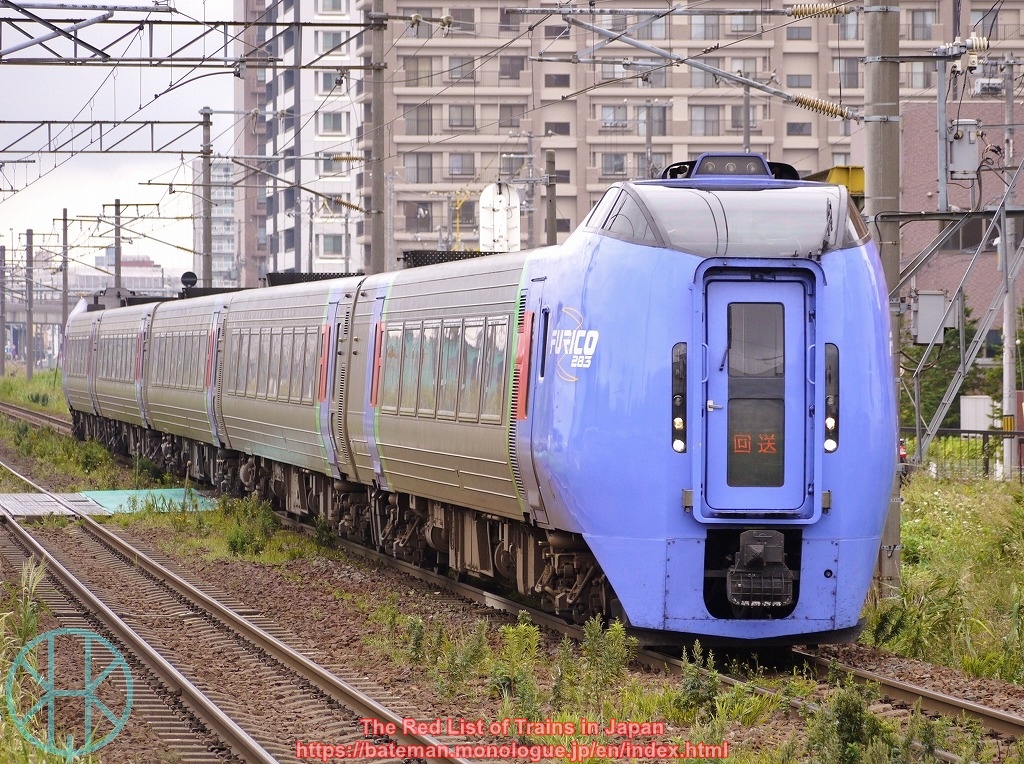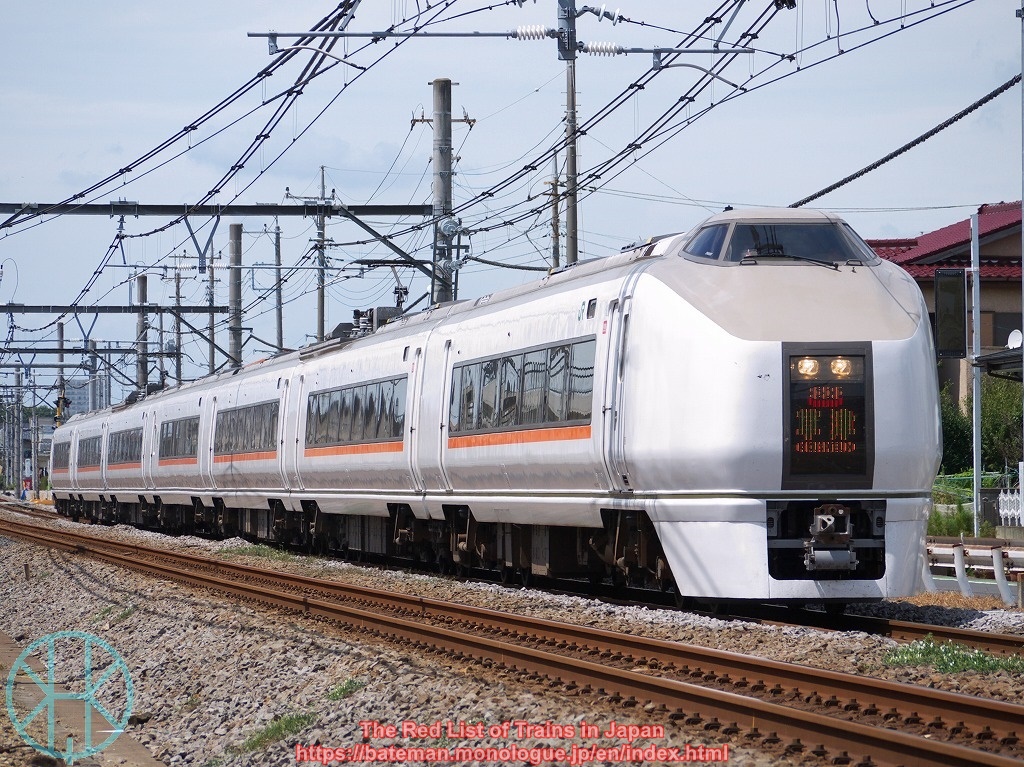Japan is a humid country. Most part of country belongs to subtropical climate, and the highest temperature is usually observed in July or August. It is getting hotter than ever due to the global warming, and it is now not uncommon to see the mercury hitting more than 35 degrees Celsius. Hokkaido, the northern island known for a significant amount of snow fall, is no exception.
Therefore, air-conditioning has been vital for the most people here in Japan. Railway companies have invested in air-conditioned trains from the 1960s, and most "non-air-conditioned" trains in urban areas were withdrawn by the mid-1990s. However, there are a few exceptions as listed below.
(*Note that the list does not include preserved trains, old trams, tourist attractions and some funiculars.)JR Hokkaido
Old diesel trains in Hokkaido are mostly without the air-conditioning. Since maximum temperatures in summer were used to be lower than 30 degrees Celsius, Japanese National Railways concluded that no such costly equipment was necessary. However, the mercury often hits 35 degrees or even higher these days, so AC is now essential even in this northern island. Nevertheless, there are a few diesel trains without one, namely KiHa 40 series, KiHa 54 series and some KiHa 150 series. They are used for regional services in Tomakomai, Asahikawa and Kushiro areas. Those who definitely wish to avoid such trains should purchase an extra ticket and get on a limited express service.
Yamaman
Yamaman is a real estate developer that has developed a town of Yukarigaoka in Sakura city (Chiba Prefecture) since 1971. Though located far from Tokyo, the town has developed successfully and continues to attract younger generations.
The company owns a small automated guideway transit system called Yukarigaoka Line in the town. Yamaman 1000 series, the only rolling stock of the line, has no air-conditioning. The company provides disposable wet towels and paper fans on the train, but they are clearly not enough during the blistering heat and high humidity. While Yukarigaoka is not a place for sightseeing, those visiting the town should acknowledge this fact or simply avoid trains and use bus instead.
Hakone Tozan Railway
Hakone Tozan Railway has always been busy, as the railway itself is now a tourist attraction. There are four types of trains, and one of them has no air-conditioning. MoHa 1 and 2, the oldest rolling stock, was introduced in 1950, and three carriages (which are effectively treated as one three-car unit) are still operational today. Hakone had had lower temperatures than Odawara or Yokohama until around ten years ago, but heatwaves have finally reached this mountain. Probably that is why the company has designated the 75-year-old train as a spare unit, and thus it usually stays at a depot instead of carrying passengers in summer.
Sangi Railway
Nagoya area has always been very hot, but surprisingly, there are a few trains without AC. Sangi Railway Hokusei Line is a rural railway in Mie Prefecture with very narrow gauge. Trains are 35-71 years old, and due to their size, engineers gave up installing air-conditioners on some of them.
Just two out of seven units are fully air-conditioned, and three units are partially air-conditioned (the first carriage has no cooler). The other two units are completely without AC. The company therefore posts timetables of "non-air-conditioned" services on X, and advises vulnerable people to avoid them. Given that Kuwana city, where the line starts, have recorded the highest temperature of 40.4 degrees on the first day of August, the timetables are essential for local residents.
As the recent heatwave is expected to continue for weeks, it is essential to have water and avoid sunshine as much as possible. Those who plan to travel the abovementioned areas should also check their itinerary and consider avoiding such trains.












































.jpg)






